It has been more than half a year since my last lens review. Finally, I’m not that insanely busy recently to take some free time for lens review. Which lens is going to be reviewed this time? It is the old but excellent prime lens, the Sony E-mount SEL50F18.
Introduction
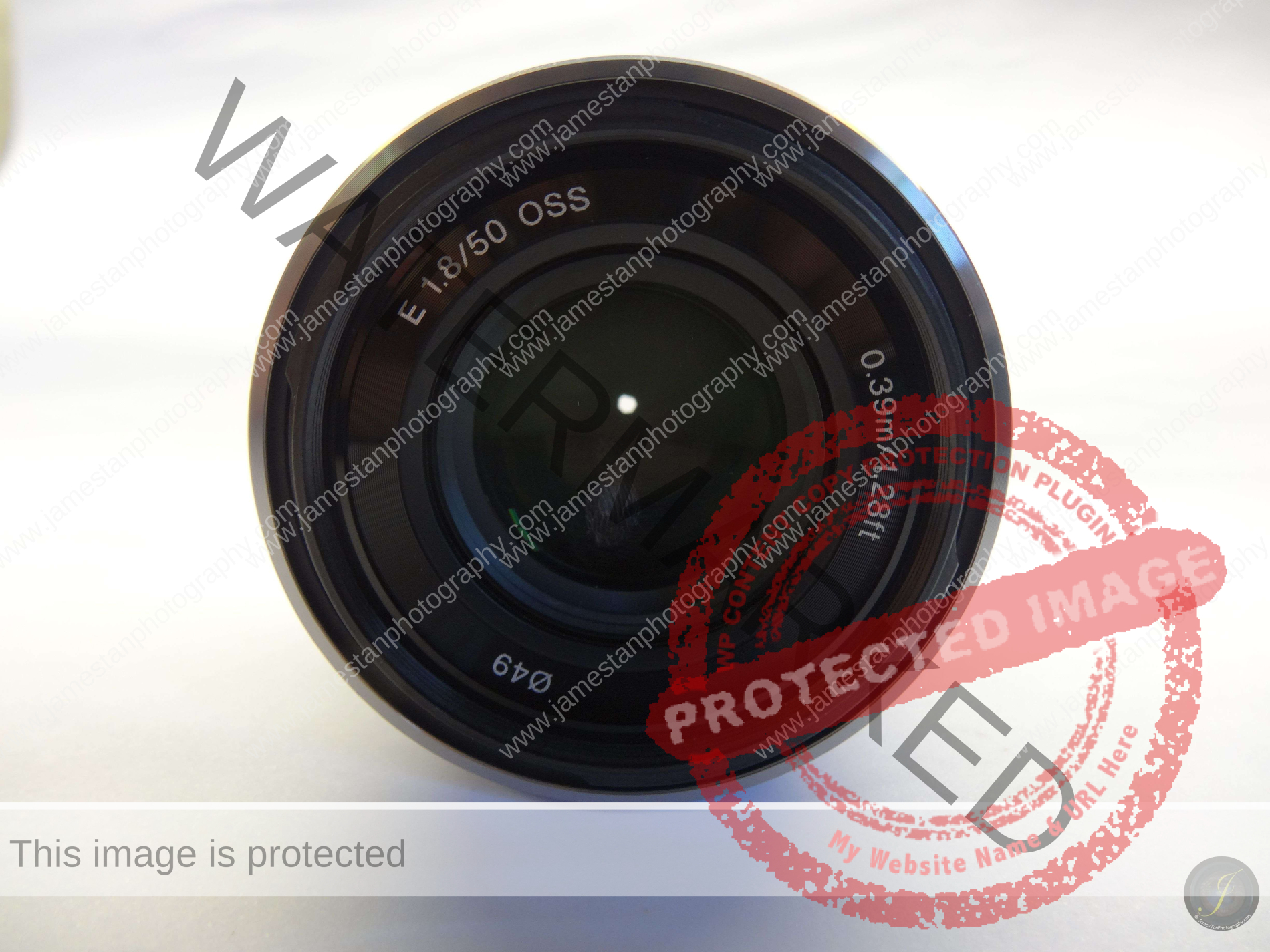
As we know, every camera manufacturer will have a legendary 50 mm prime lens for their cameras. It is usually the cheapest and has excellent optical performance among all the available lenses. So does this apply to the Sony E-mount SEL50F18 as well? Let’s read more about this lens from the following review.
Pros & Cons
- Large aperture
- In-lens Optical Steady Shot (OSS) image stabilizer
- Excellent Sharpness
- Low price
- Smooth bokeh effect
- Slightly inaccurate auto-focus in low light situation
- Flare control can be very terrible in few cases
Key Specification
| Aperture (Max.) | f/1.8 |
| Aperture (Min.) | f/22 |
| Focal Length (35mm equivalent) | 75mm |
| Filter Diameter : 49mm | 49mm |
| Lens Groups-Elements | 8 groups, 9 elements (2 aspheric surfaces, 3 ED) |
| Minimum Focus Distance | 1.28ft (0.39 m) |
| Aperture Blade | 7 blades (Circular aperture) |
| Dimensions (Max. Diameter x Length) | 2-1/2″ x 2-1/2″ (62 x62 mm) |
| Exterior Finish | – |
| Internal Motor | Yes (Stepping motor) |
| Lens Weight | 7.2 oz (202 g) |
| Maximum Magnification | x0.16 |
| Mount Material | – |
Look & Feel
Sony recently brought us a new black version of the SEL50F18, but the lens I got is the original silver version.
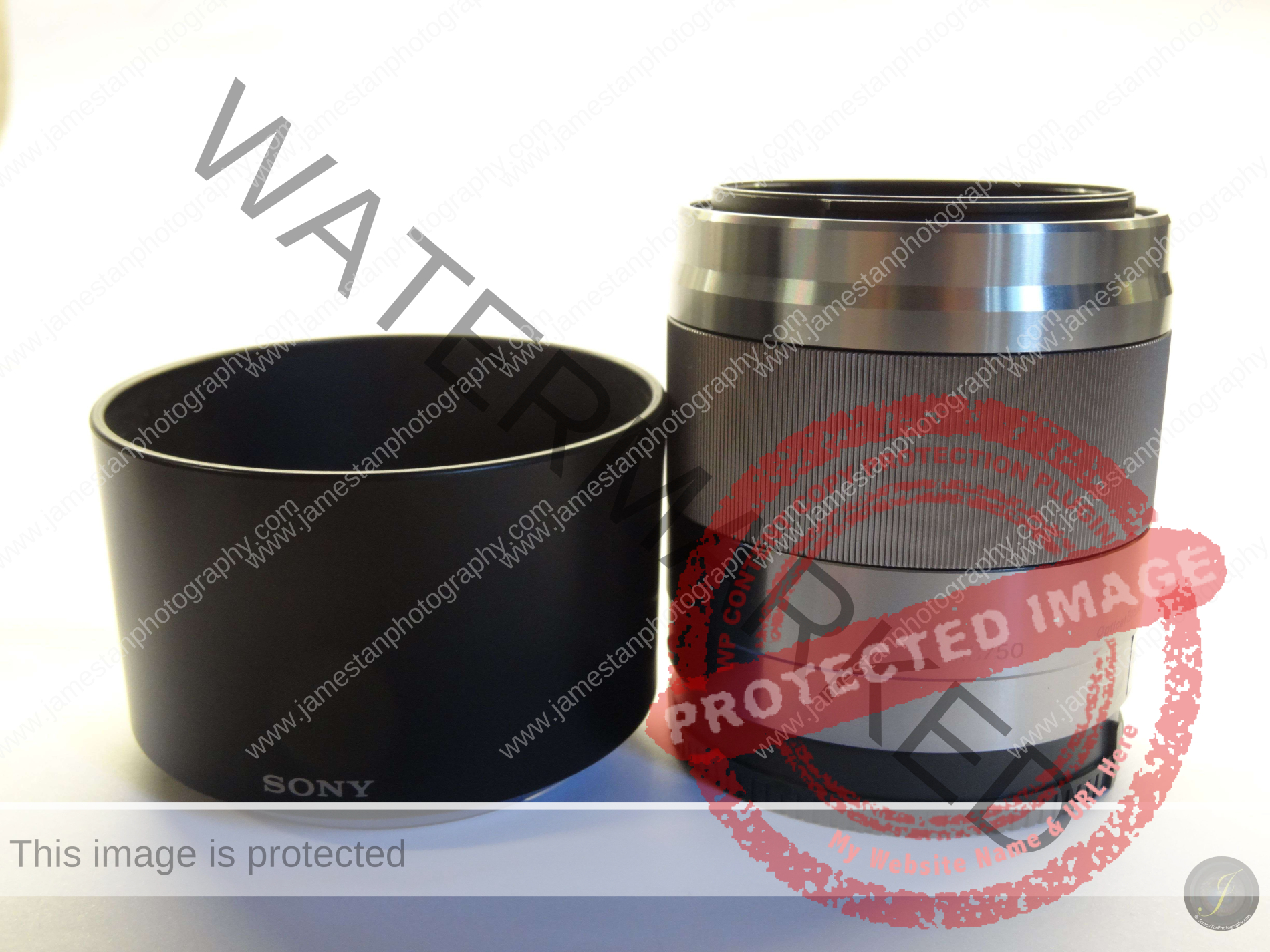
The SEL50F18 is similar to my favorite Sony SEL24F18Z (the review here), but it gives me a much lighter feel (it actually does). The lens hood is the typical round shape instead of the petal shape we saw with SEL24F18Z and SEL35F18 (the review here).
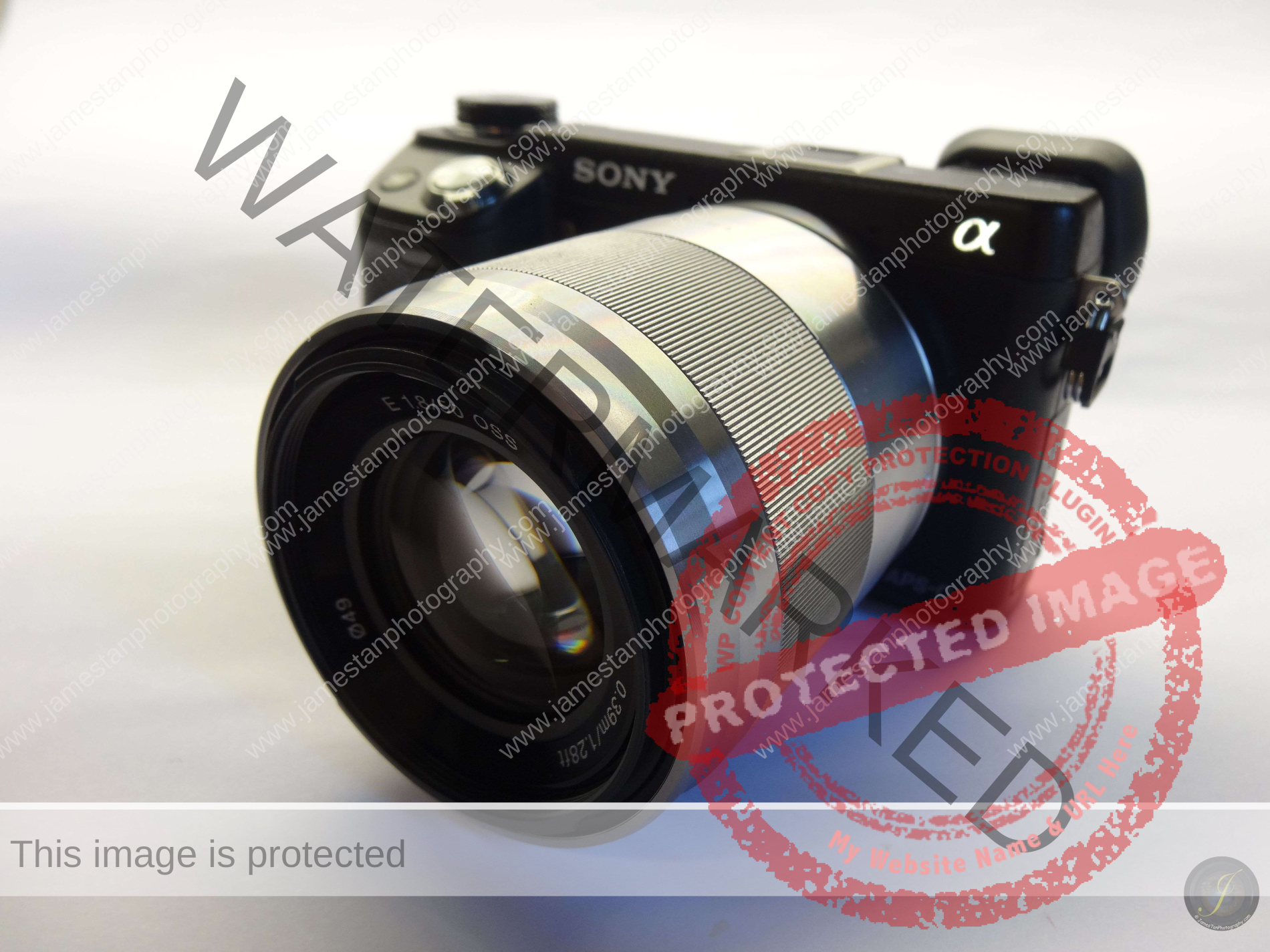
The aluminum alloy finished on the lens barrel gives the lens a premium look. Holding it in my hand, I feel it is more solid than the plastic-ish SEL35F18, but it still cannot match the rock-solid SEL24F18Z.
Sharpness (Infinity)
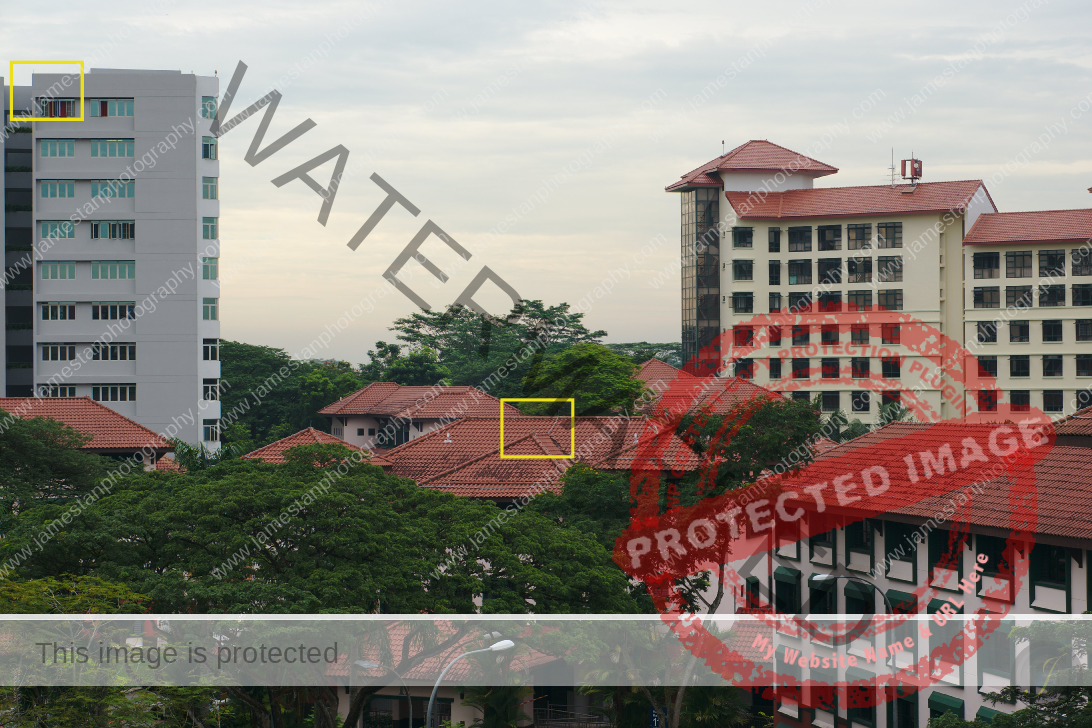
The image above indicates the area that I cropped for the sharpness comparison.
Corner Sharpness
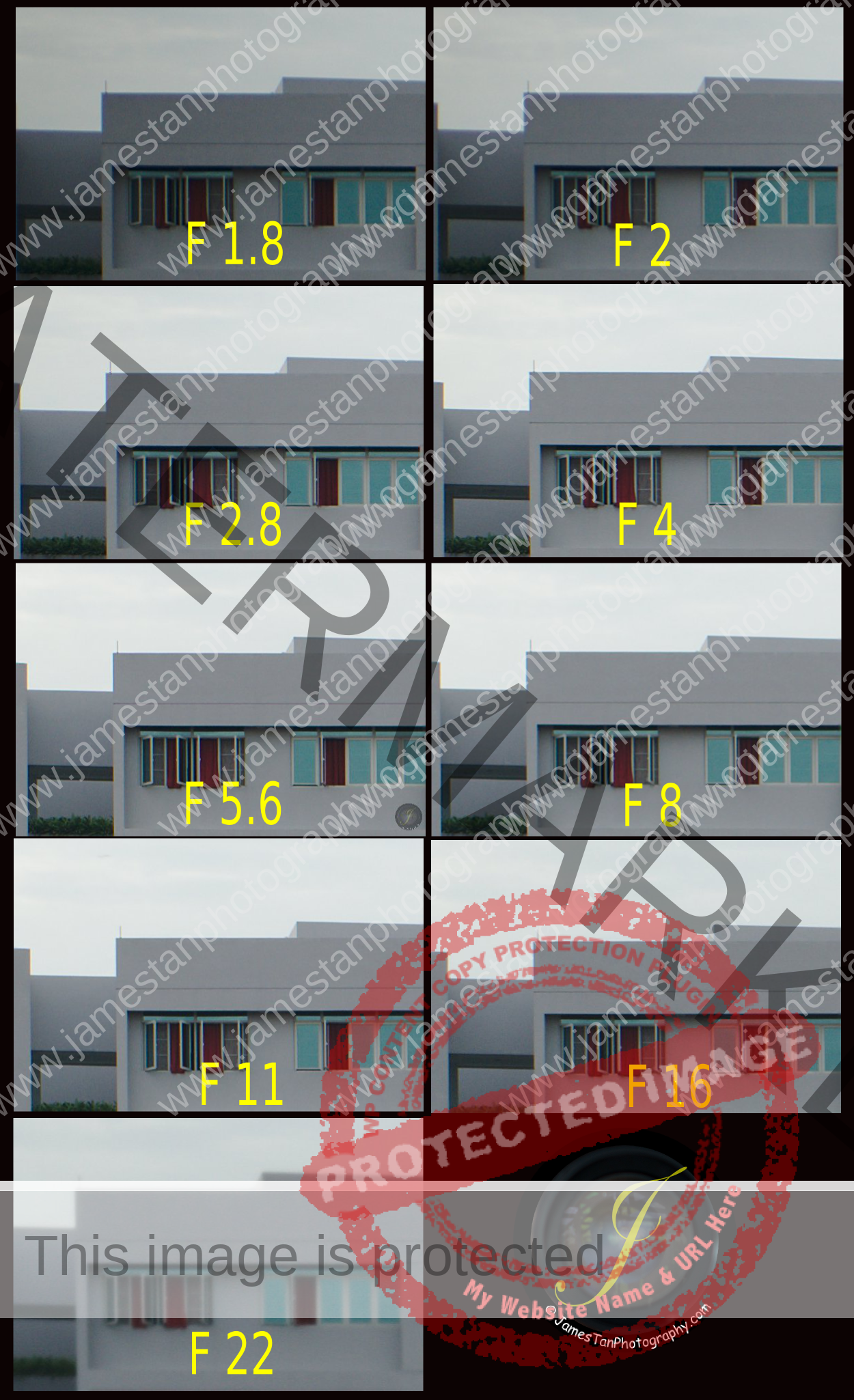
The corner sharpness of SEL50F18 shows a delightful result from its widest open until F 16, while the corner sharpness at F 22 has significantly dropped.
Center Sharpness
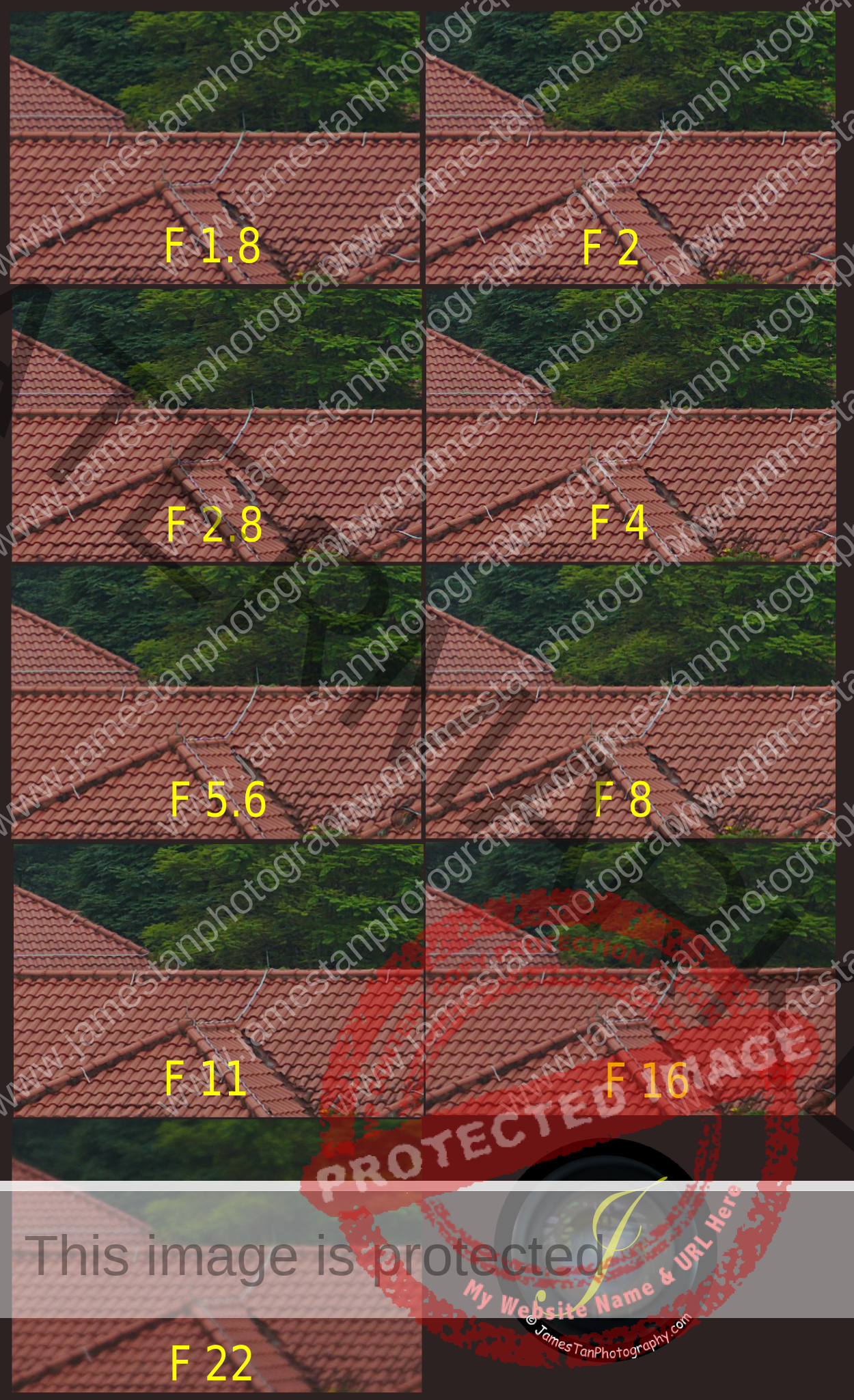
The center sharpness of the SEL50F18 also performs similarly to its corner sharpness. Center sharpness does a great job from its widest open until F 16, while the center sharpness at F 22 has dropped significantly.
The SEL50F18 has impressed me for its sharp performance. It is rare to see a lens that provides comparable sharpness performance (in a good way) from its widest open to the end (exclude the F 22).
Macro Performance
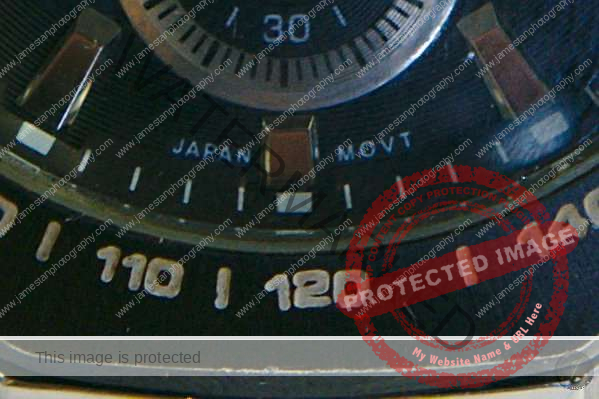
With a magnification ratio of 0.16 and a minimum focal length of 39 cm, the SEL50F18 is not an ideal macro shoot lens. However, its excellent sharpness performance allows you to crop the shots and make them great macro shots. Above is the 100% crop from the close-up shot of my watch.
Distortion
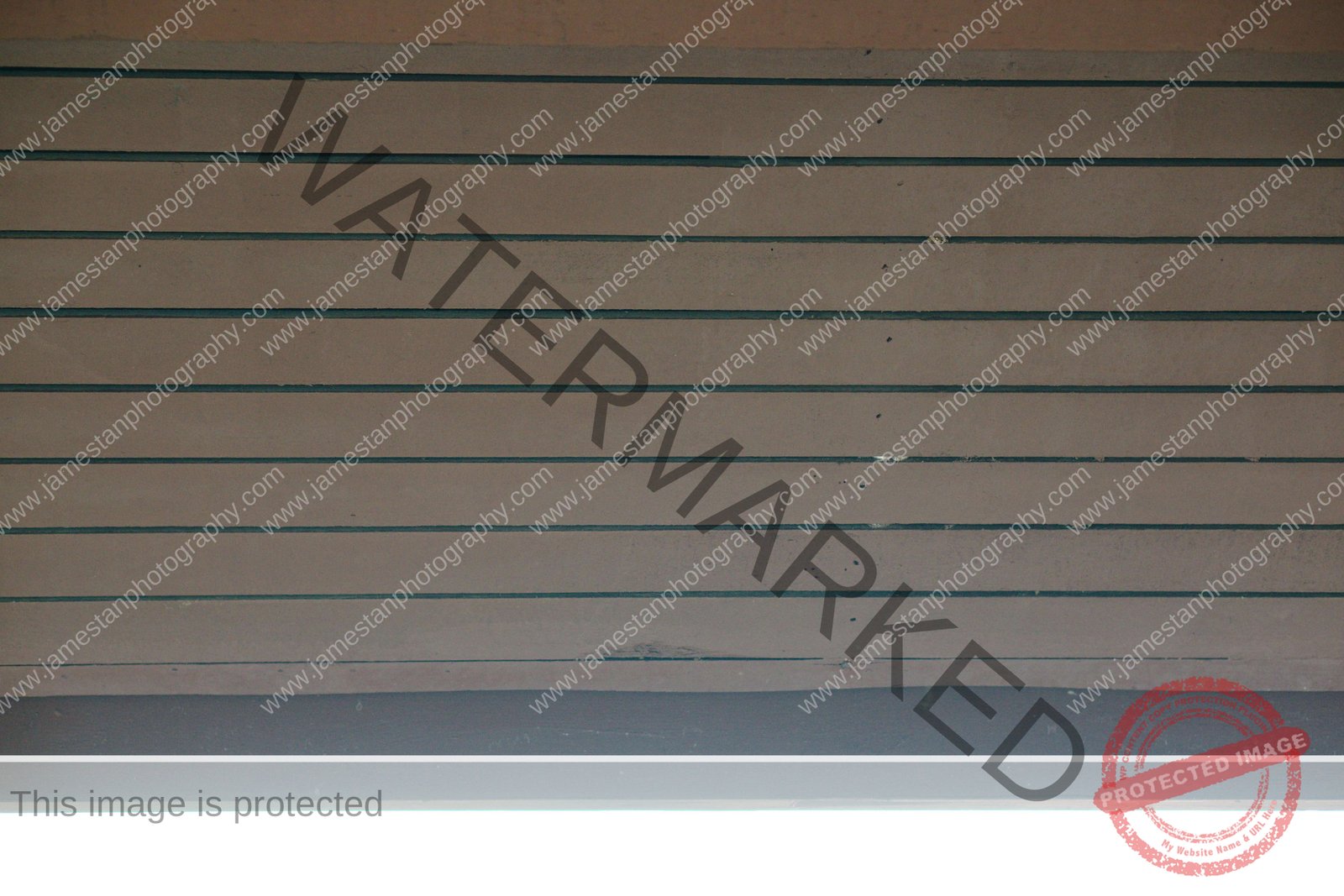
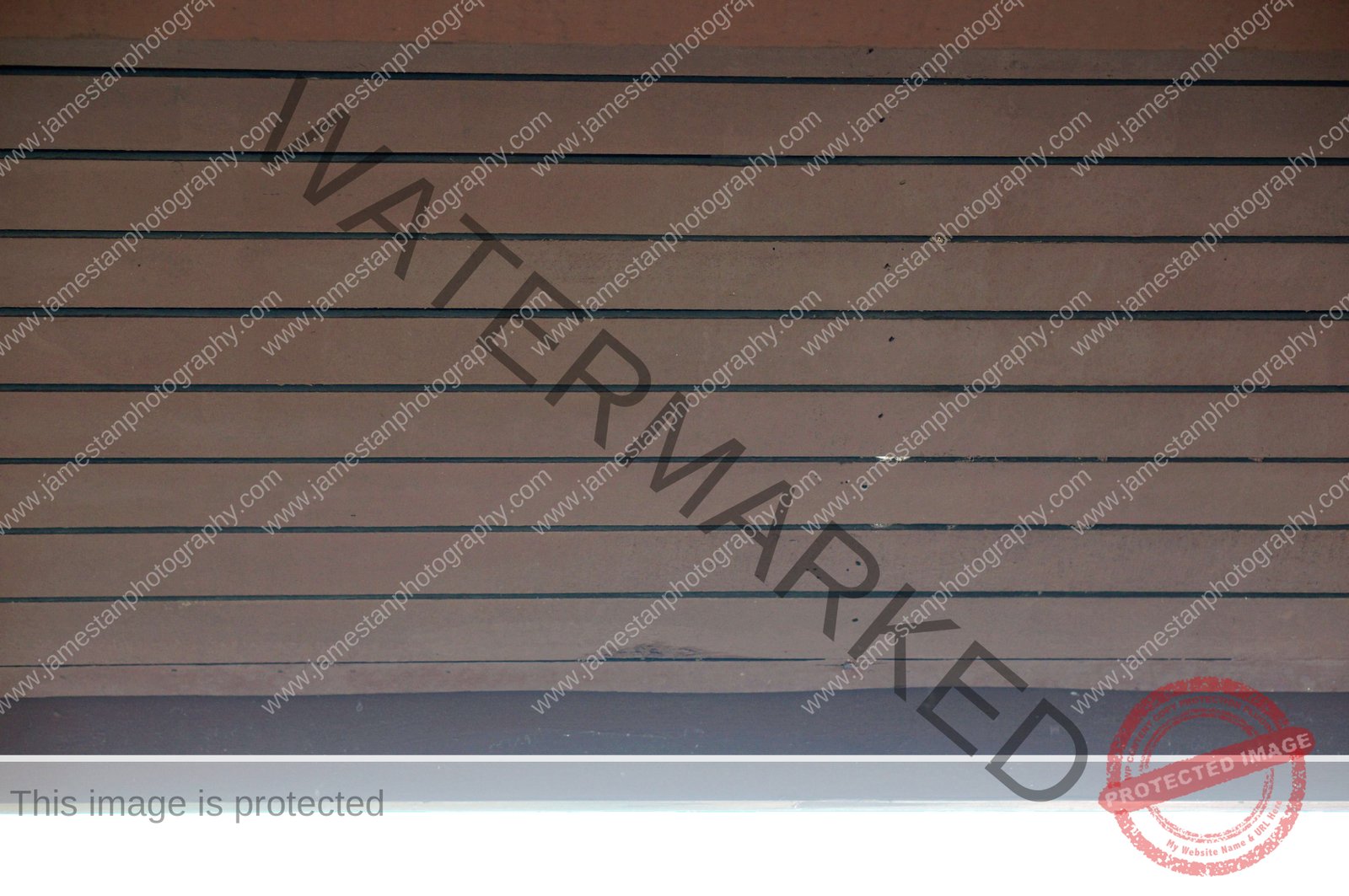
As an APS-C lens, 50 mm is equivalent to 75 mm in 35 mm format. A lens in this focal length is supposed to have pincushion distortion, but I cannot spot any difference between the RAW and the after correction JPEG. The SEL50F18 is almost perfect for controlling its distortion.
Vignetting
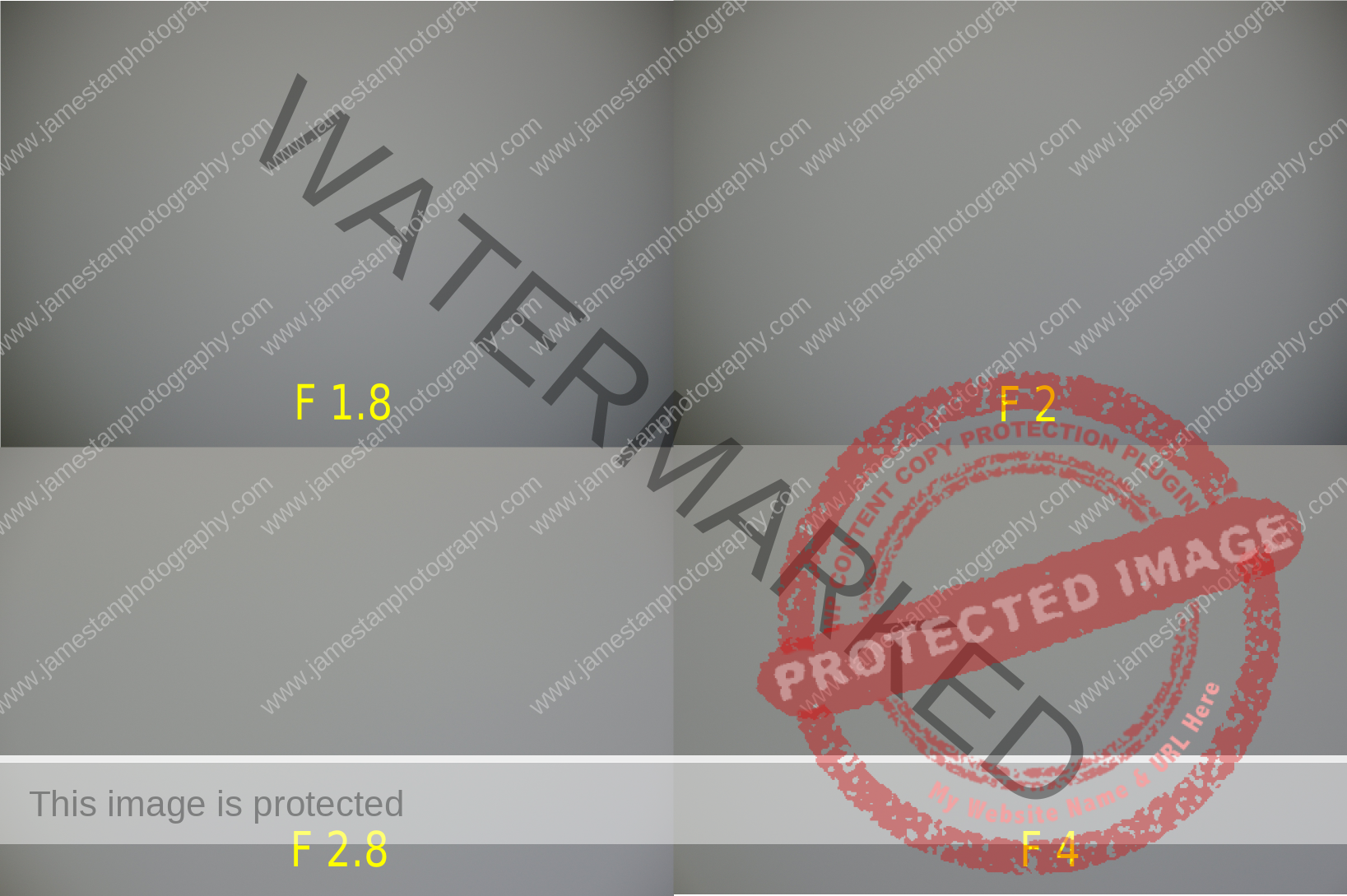
Fast prime usually suffered from the vignetting, but it does not apply to the SEL50F18. The SEL50F18 exhibits little dark corners at its widest open at F1.8 and F2, however, stopping down to F 2.8 has eliminated all the visible vignetting effect. It amazed me for its vignetting control as even the much expensive Zeiss SEL24F18Z still exhibits little dark corners at its F 2.8 but not the SEL50F18. Good job!
Chromatic Aberration
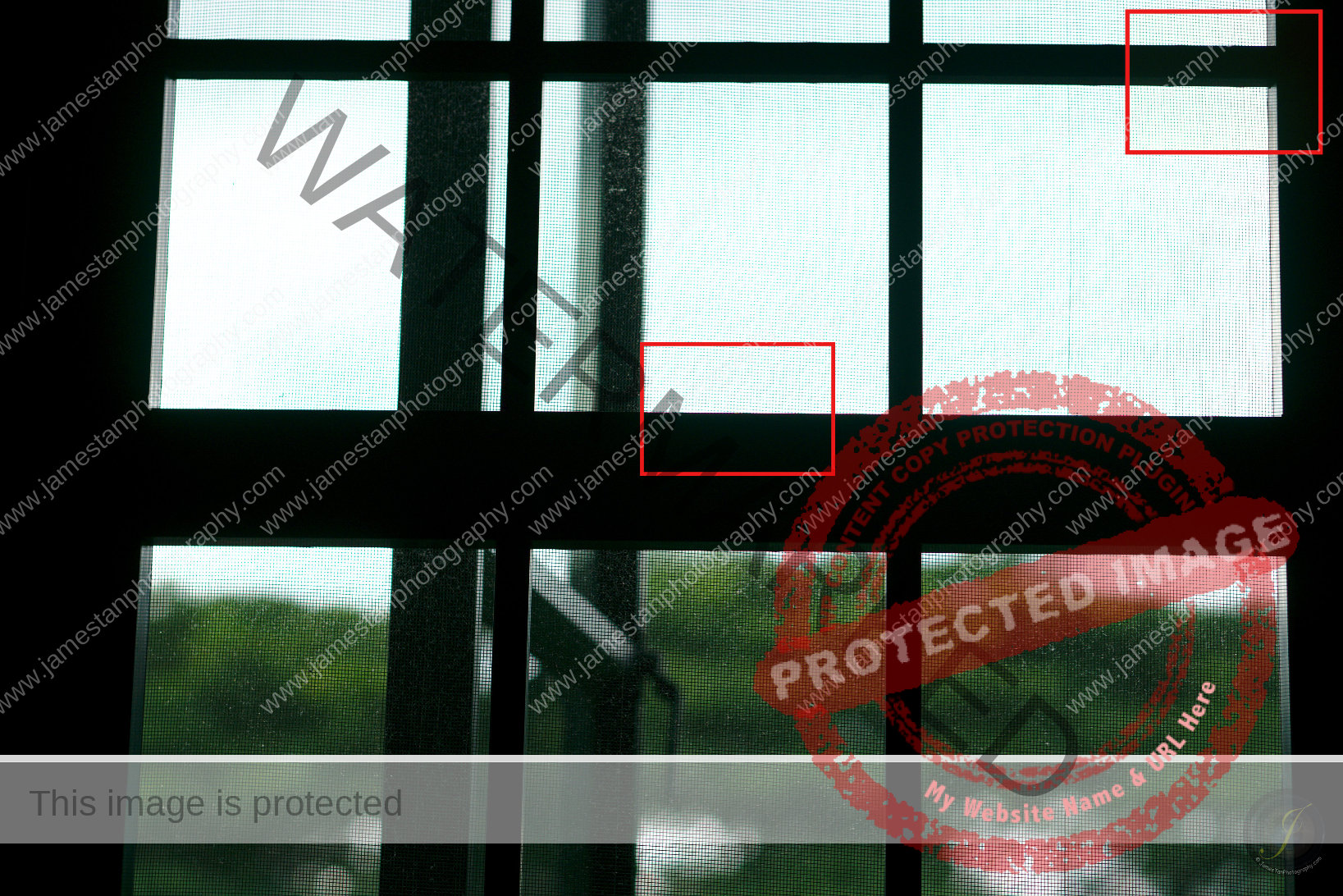
The shot above indicates the area that I crop for the CA comparison.
Corner CA
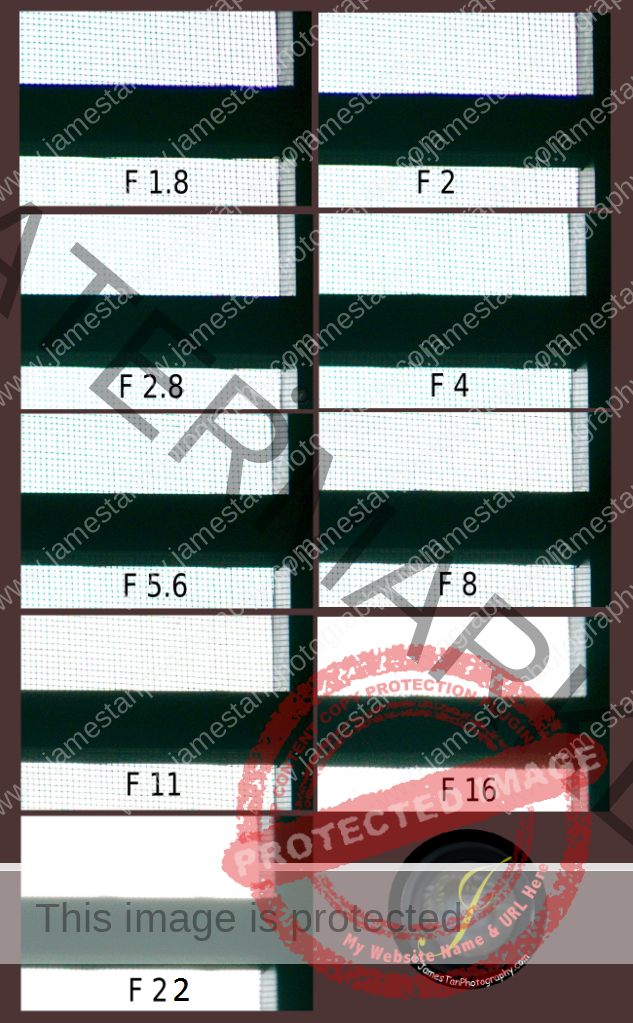
The SEL50F18 shows some purple fringing at its widest open and F2. Stopping down to F2.8 will eliminate all the color fringing, and no more color fringing is visible until F22.
Center CA
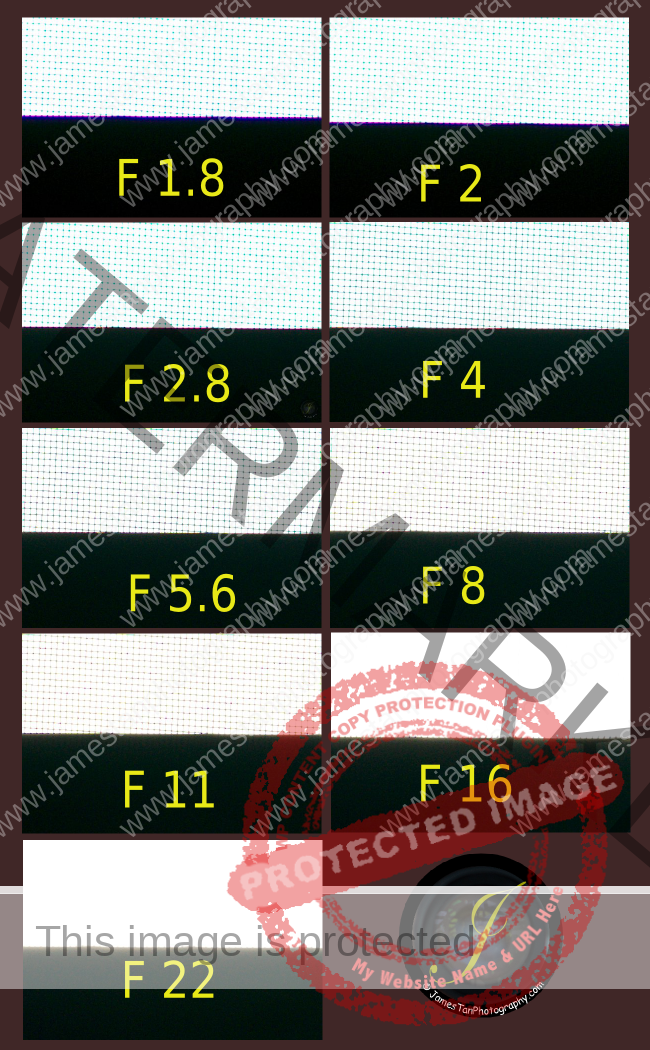
SEL50F18 center CA performance is the same as its corner CA performance. The high contrast area in the center exhibits purple fringing at its widest open and F2 while all the color fringing are gone once it is stopped down to F2.8 and onward.
The SEL50F18 does an excellent job of its chromatic aberration control as well. The visible color fringing is minimal and only spotted at its widest open and F2.
Ghosting and Flare
The SEL50F18 controls the flare incredibly well. I shot the sunrise, sunset, sun with buildings, and finally, I managed to make the SEL50F18 “lost control” for its flare control in the shots below.
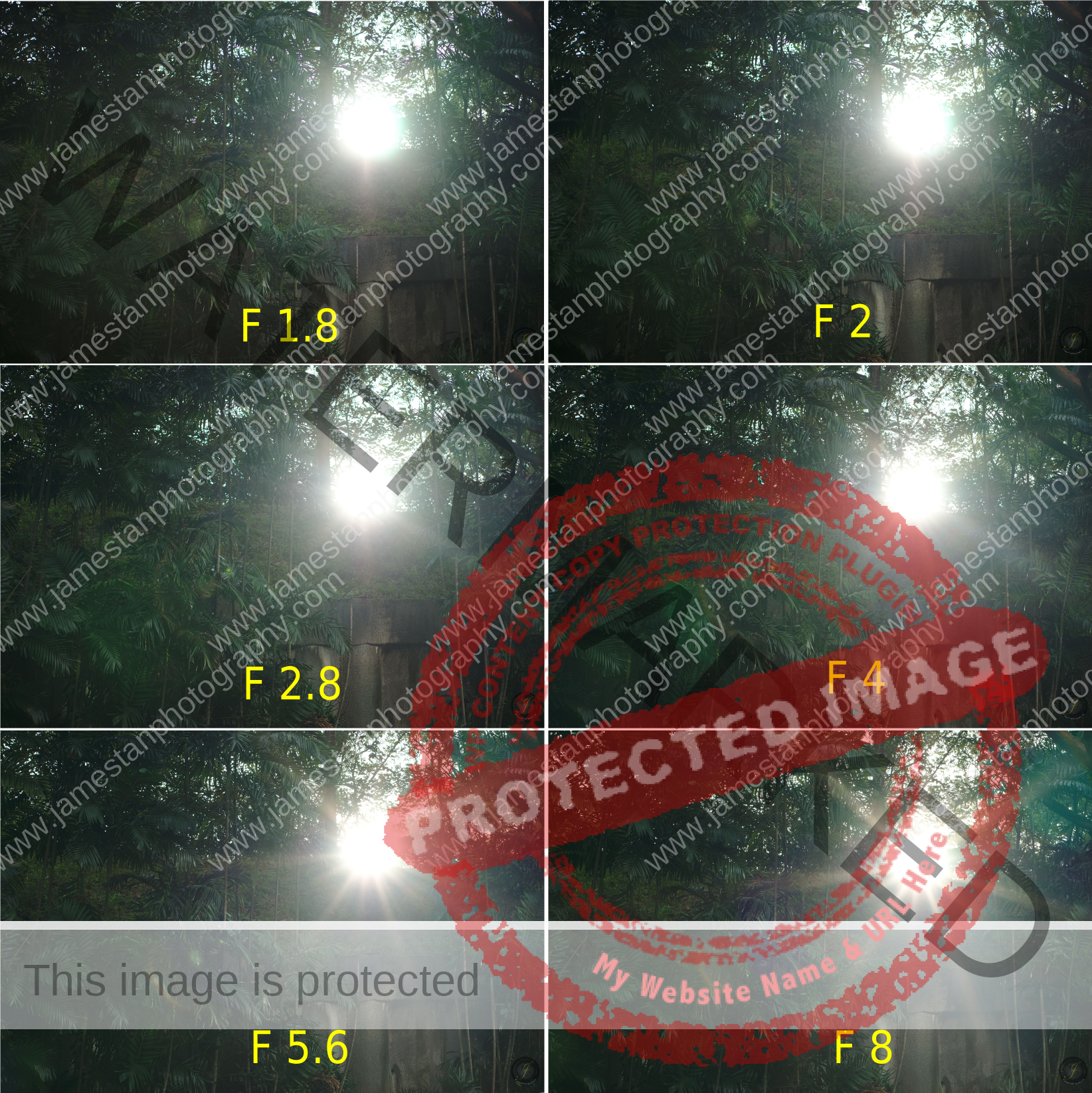
It is the worst case that I can hardly produce while in most of the cases the sun will nicely be placed as a bright spot without affecting other subjects in the frame. Therefore, the flare control of SEL50F18 is a mixed result where it depends on how you place the subject in your frame.
Bokeh Effect
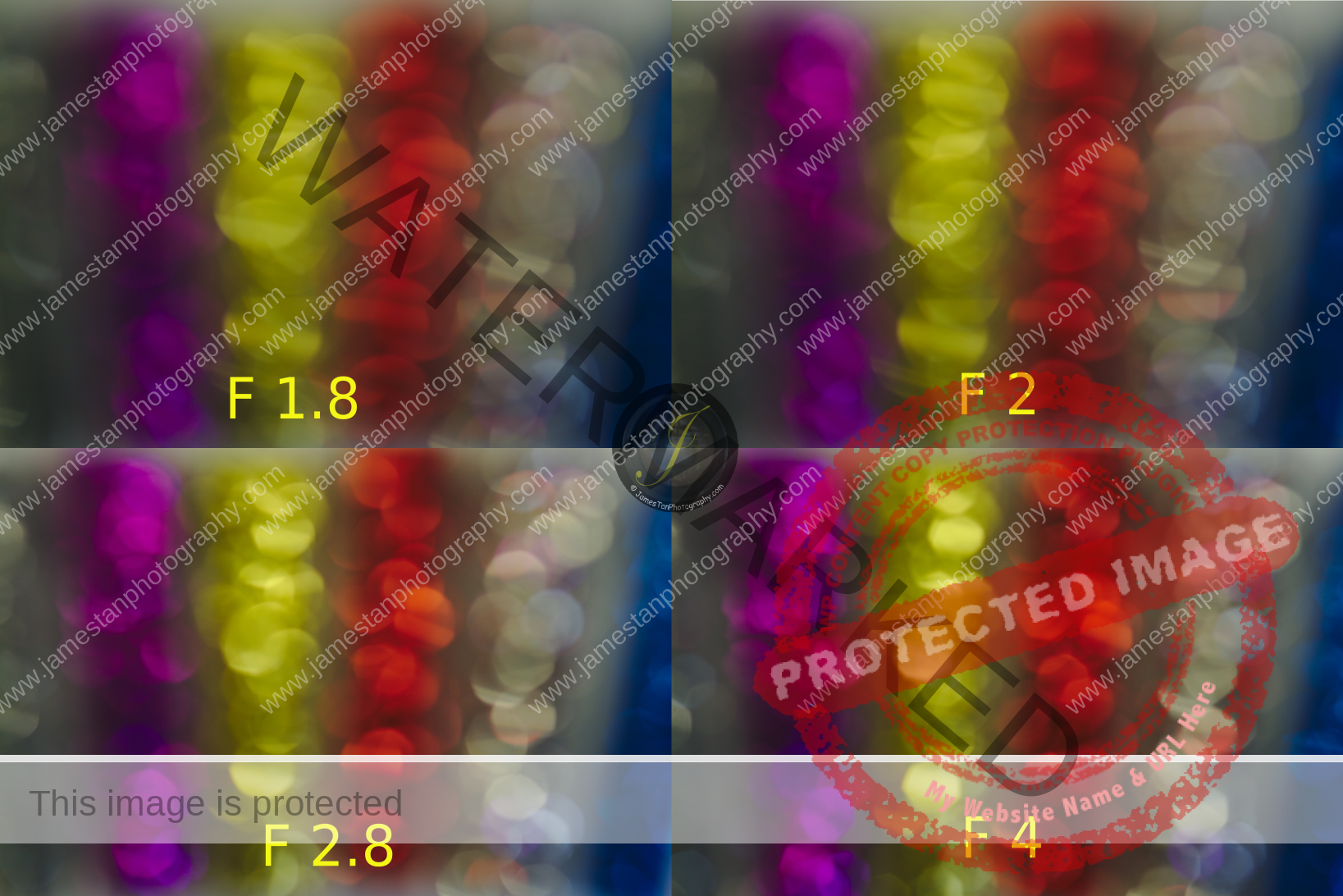
As expected, the SEL50F18 shows the beautiful circular bokeh effect at its widest open and the F2. Some bokeh showed up as polygon from F2.8 and more obvious in F4. However, the Bokeh effect is still smooth and buttery.

Handheld Low Light Performance
SEL50F18 has a 75 mm focal length in 35 mm equivalent which means 1/80 second is the safest shutter speed. So let’s see how effective the Sony in-lens Optical Steady Shot (OSS) is from the comparison below.
Without OSS
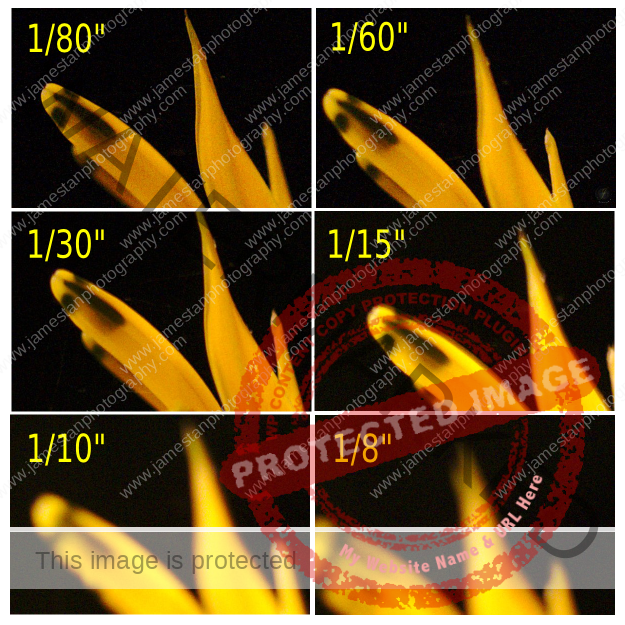
Without the OSS on, the image shows blurriness from 1/15 second and becomes unusable at 1/10 second.
With OSS

With the OSS on, it is possible to shoot at 1/6 second and keep the shots usable. The Sony OSS provides a 3-1/2 stops slower shutter speed which is pretty close to the advertised 4 stops slower.
Bottom Line
SEL50F18 is almost a perfect fast prime, in my opinion. It is the cheapest among its E-mount lenses (SGD 449), built-in with an OSS image stabilizer, excellent control in the distortion, vignetting, and CA, smooth and buttery circular Bokeh effect, and the surprisingly good sharpness from its widest open.
If I have to pick the cons for this lens, I would say its auto-focusing is not perfect. Please don’t take me wrong. Its autofocus works silently, fast, and accurately most of the time, including the low light situation, but not all the time. It sometimes changes/refuses to focus on the subject you aim to, so you either have to use the Direct-Manual Focus (DMF) or change to the Manual Focus (MF) to adjust the focusing.
With a price of SGD 449, and excellent optical performance, the Sony E-mount SEL50F18 is a steal for E-mount users. The SEL5018 is capable of producing lovely portrait shots due to its 75 mm equivalent focal length. It took me some time to get used to the focal length initially, but I found that it is so handy in street photography once I am familiar with it.
Before I end this review, let’s look at some shots taken by this fantastic SEL50F18 below.















That’s all for today’s lens review. Did you use this SEL50F18 before, or are you going to buy this lens? Welcome to leave your comments and thought here. I hope you enjoy the reading and like it. Cheers.


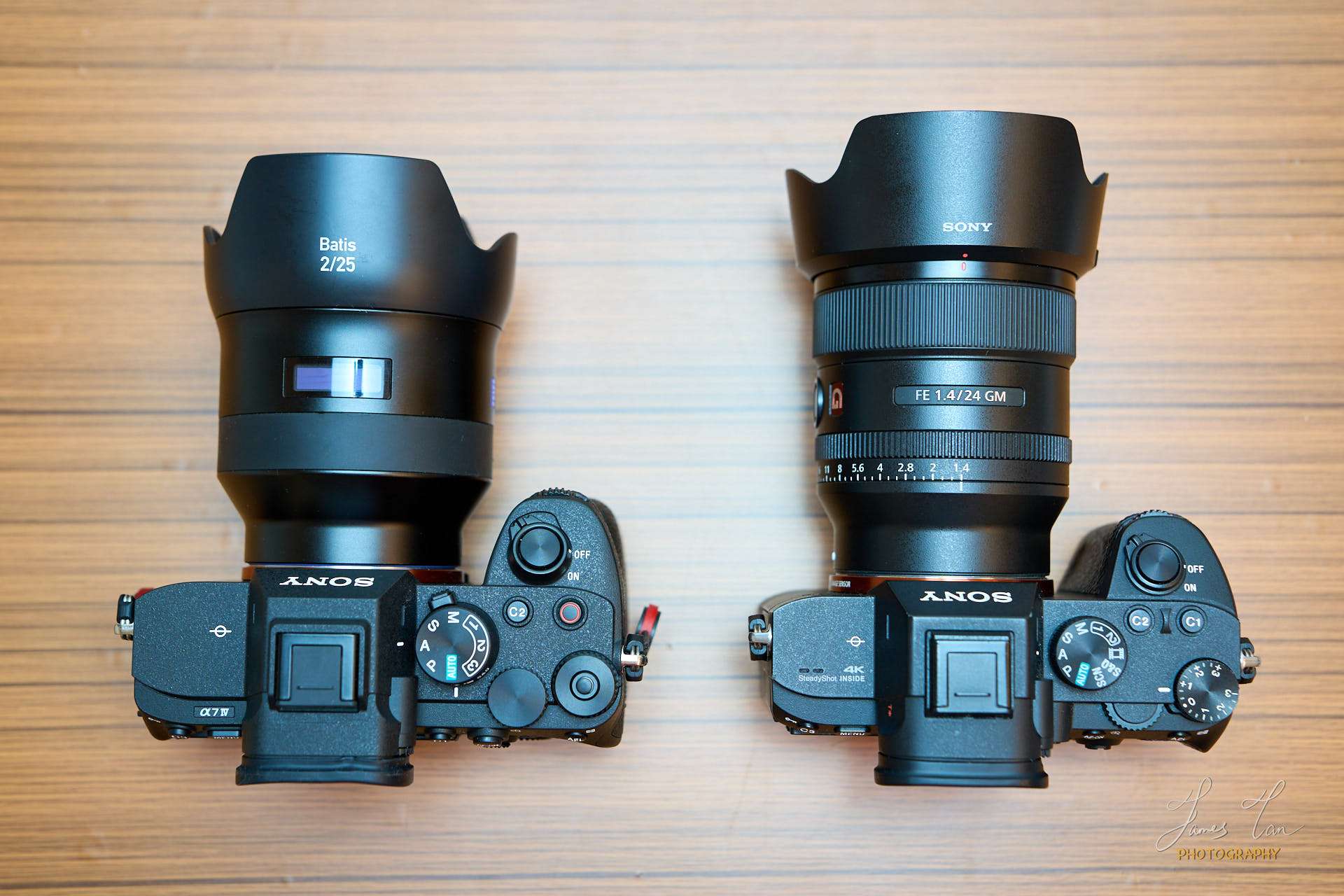
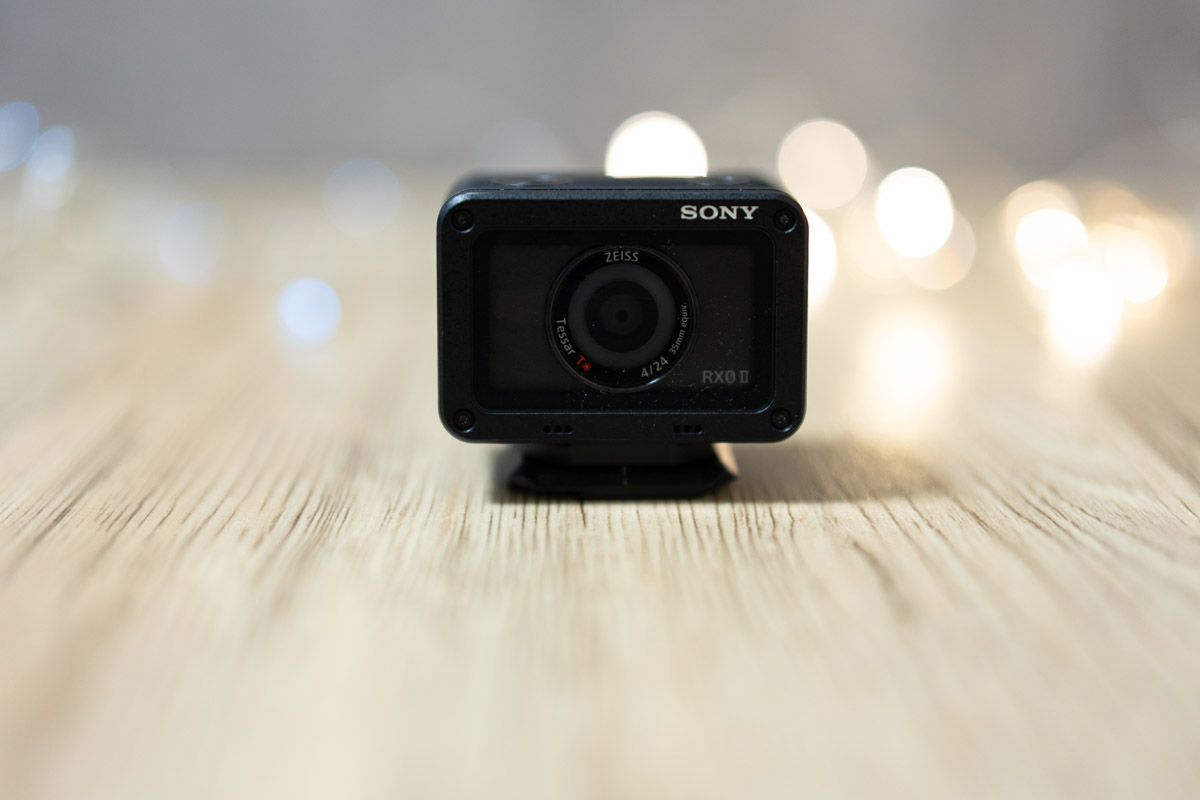
Leave a Reply